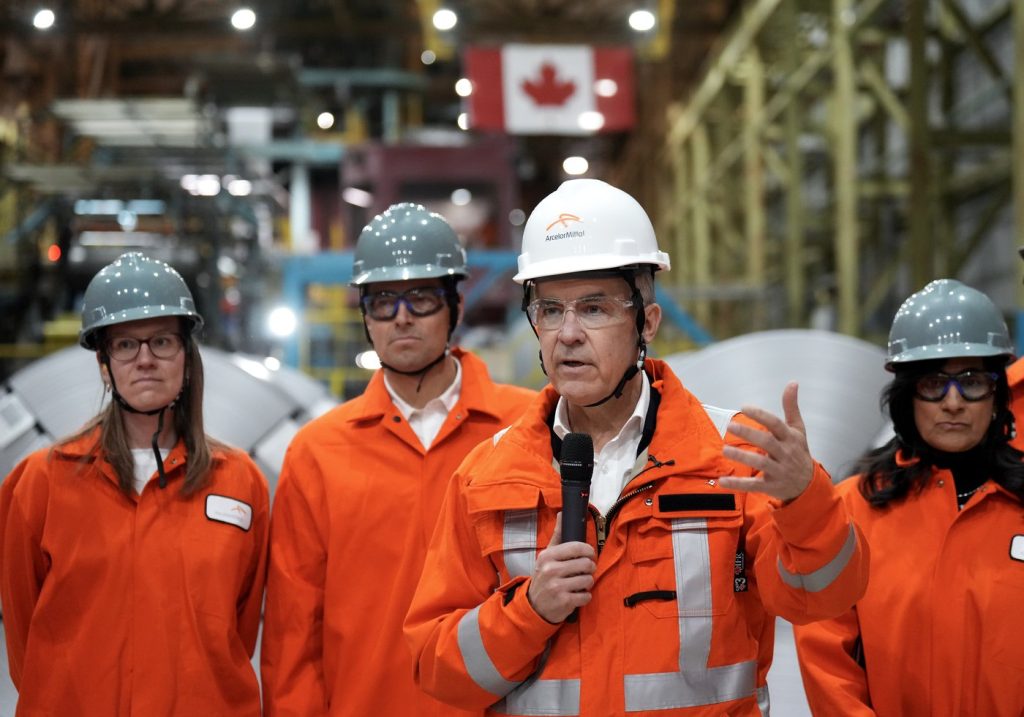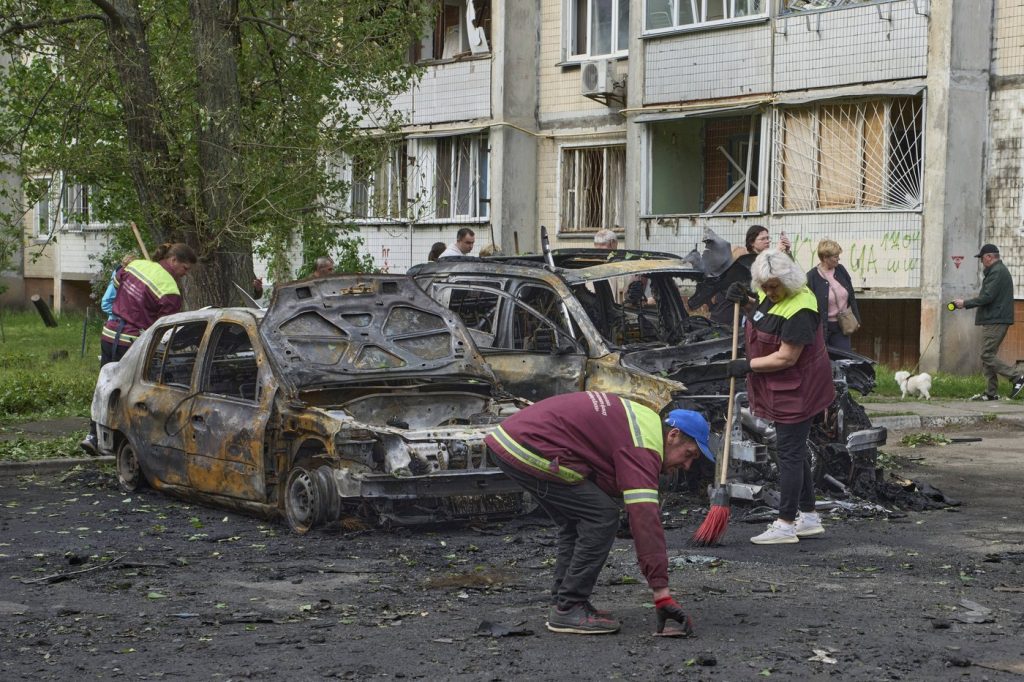JFK documentary suggests secret service killed president by accident
Posted Oct 31, 2013 04:19:53 PM.
This article is more than 5 years old.
TORONTO – Fifty years after U.S. President John F. Kennedy was assassinated in Dallas, questions linger over what really happened and who was behind it all.
Among those unconvinced Lee Harvey Oswald was the sole shooter is retired Australian police detective Colin McLaren who believes he’s uncovered the truth: Kennedy was accidentally killed by a woefully under-qualified U.S. secret service agent.
“This is not conjecture, this is all based on evidence and forensic study,” McLaren said during a recent stop in Toronto, armed with photos and examples of the same bullets that struck and killed Kennedy on Nov. 22, 1963.
“We have a grossly under-qualified secret service agent who was thrust into the position of sniper on the day, it’s his first time he’d been in the followup car, first time with that weapon, and he accidentally fell over at the magic moment in time — just before the third shot — and his weapon discharged.”
The theory is meticulously outlined in the Canadian-Australian co-production, “JFK: The Smoking Gun,” a Discovery Channel documentary based on the work of McLaren, the book “Mortal Error: The Shot that Killed JFK” by Bonar Menninger and research conducted by late ballistics expert Howard Donahue.
McLaren says he spent four years combing through decades-old forensic evidence, mounds of affidavits, testimonies and witness statements and previously unavailable material from the Assassination Records Review Board, the Dallas Sheriff’s Office and the FBI.
He goes on to allege an elaborate coverup in which witness statements made in 1963 were ignored or suppressed by the Warren Commission, including damning evidence from medical witnesses who took part in the autopsy but were forced to sign gag orders.
“The pathologists were intimidated … X-rays went missing, rolls of film went missing, specimens went missing to do with the brain, and in fact the brain itself disappeared immediately after the autopsy and never seen again, still has never been seen,” he said, blaming secret service agents for orchestrating an immediate lockdown on information to protect their own.
Of course, the Warren Commission’s official account is that Oswald was the lone gunman, that he fired three times in less than six seconds and killed the president with his third shot.
McLaren says Oswald only managed to fire his Second World War-era Mannlicher-Carcano rifle twice and that only the second bullet struck the president directly. That 6.5-millimetre round passed cleanly through Kennedy’s neck and struck Texas Gov. John Connally, who was sitting in front of him. He says the third shot came from a different gun, at a different trajectory.
“It’s very much about ballistics and bullet performance,” says McLaren, who notes the president was shot with two very different types of bullets and that many witnesses report hearing the second and third shots as occurring almost simultaneously.
“That’s telling any detective that there’s two guns in play — therefore there’s two shooters and there’s two different types of bullets. You can’t have witnesses saying that two shots were simultaneous or almost simultaneous and be one gun. It just doesn’t make sense.”
McLaren believes the final kill shot came from a secret service agent named George Hickey, who was riding in the rear seat of the follow-up car immediately behind the presidential limousine.
He notes that 11 witnesses say they saw Hickey holding a weapon at the time of the shooting — seven of those witnesses were fellow secret service agents and one of them was Hickey himself.
McLaren points to the devastating head wound Kennedy suffered in that final shot, which shattered his skull and brain in a manner consistent with a .223 frangible hollow point round — a particularly vicious bullet designed to explode on impact.
At the time, Hickey was in possession of an AR-15 assault rifle, which fires exactly that round, he says. When Hickey stood to search for the shooter, it appears he lost his balance in the car and accidentally fired his weapon.
“Oswald shot JFK, certainly,” says McLaren.
“His second round found the target and hit him in the back of the neck. I don’t know that he would have died from that particular wound because it was a perfect clean entry and exit. He may well have been paralyzed but it’s all conjecture. But Lee Harvey Oswald did not shoot JFK in the back of the head.”
McLaren says he’s sure the agents travelling with Hickey immediately realized what happened. What followed was a series of suspicious events apparently geared towards concealing the truth, he says.
“By the time they got to Parkland Hospital and JFK was pronounced dead, I would suggest they had a hard decision to make: ‘Do we go public with this?’ At that stage, it’s still part of a little clique in the followup car, because all the passersby … hit the ground and covered their heads and shielded their children and their loved ones, so not many people would have actually seen it.”
Then there’s the matter of Jack Ruby, who killed Oswald two days later. McLaren says Ruby was simply a misguided patriot who acted independently, but his actions inadvertently helped bury any chance of getting immediate closure on the shooting.
“If Jack Ruby hadn’t killed Lee Harvey Oswald we wouldn’t be talking today,” says McLaren.
“I do believe that this matter would have been solved within two years of the shooting because Lee Harvey Oswald would have engaged proper counsel, it would have gone through the courts, investigations, et cetera, and it would have been determined that he certainly didn’t fire that third round.”
And while McLaren says “it was very handy” that Ruby killed Oswald, he doesn’t believe it was by design.
“As an investigator you’re looking for the facts, you’re looking for the truth and in this case I’m very firm in that we have a definitive answer,” says McLaren, who also details his findings in the book, “JFK: The Smoking Gun.”
“And in saying that I feel for the family of George Hickey, deeply and sincerely. And in the documentary and in my book we don’t wish them any malice or any harm. But unfortunately as a detective sometimes you’re burdened by the fact that you find evidence that may well harm people’s reputations and this isn’t about blackening anybody’s name, it’s about the truth.”
McLaren says he didn’t reach out to surviving secret service members for comment but insists “the evidence is overwhelming.”
“I would like to think there could be an apology, an acceptance of the facts,” he says. “I think this is a story about a lot of Americans that never had their voice at the time, were never able to give evidence at the time of the Warren Commission or were never heard.”
“It’s about time we had closure on this subject.”
“JFK: The Smoking Gun” airs Sunday on Discovery.








